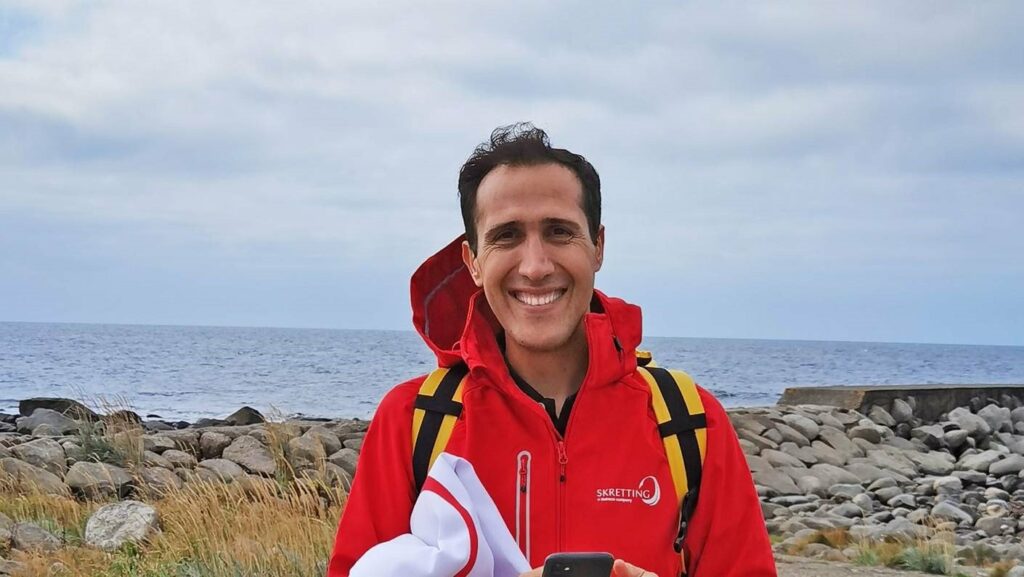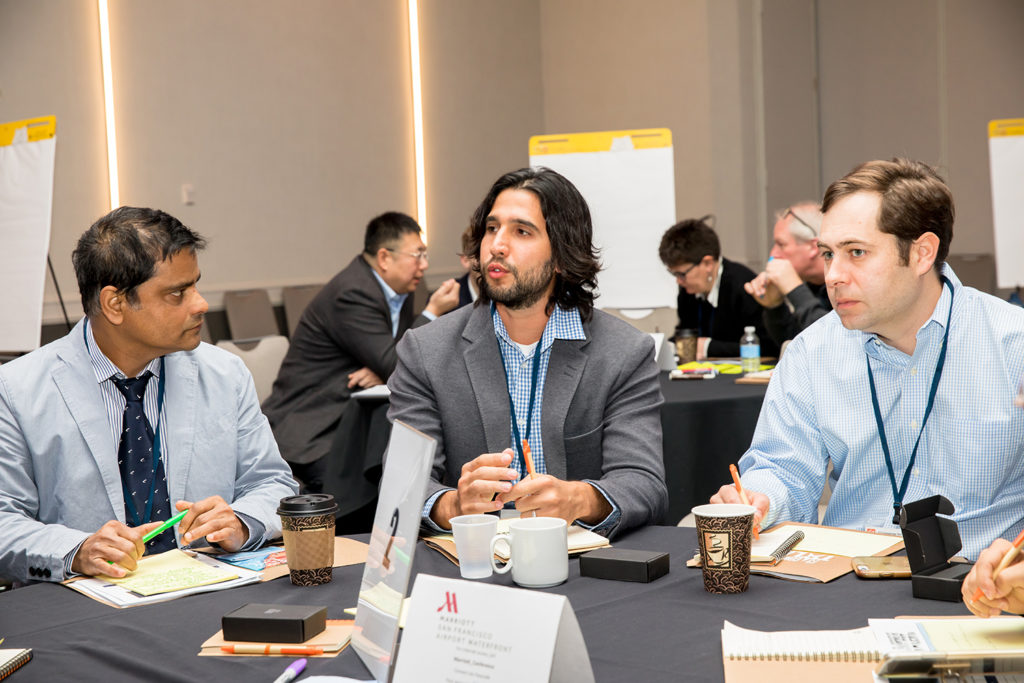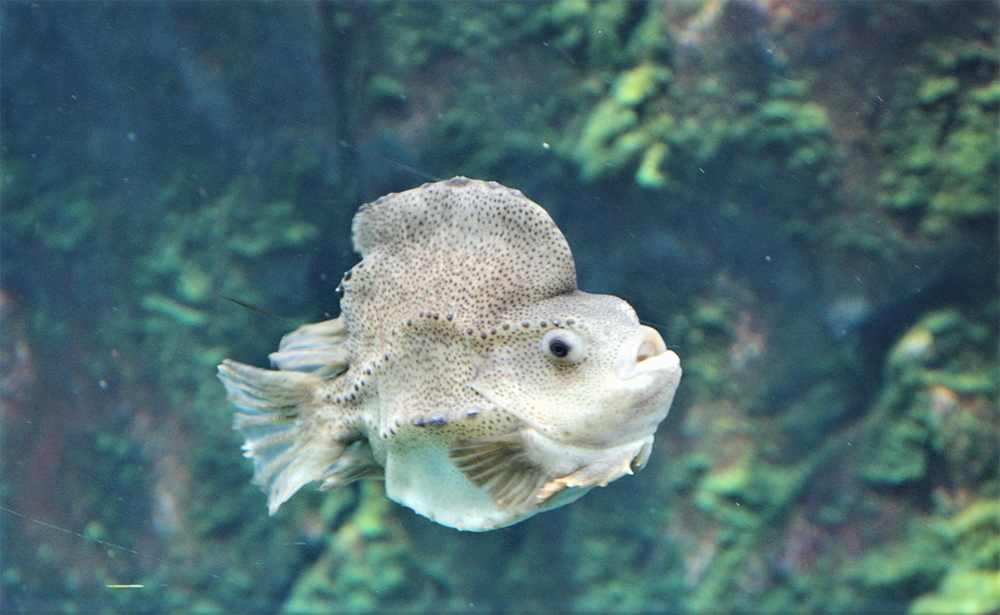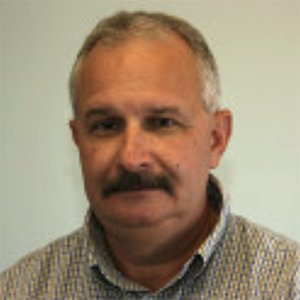Test results with Asian sea bass showed that 50 percent of the fishmeal protein might be replaced with microbial community-based single-cell protein

A recent study published in Scientific Reports discusses the potential of microbial community-based protein produced from soybean processing wastewater as a value-added feed ingredient for sustainable aquaculture feeds. The preliminary results from trials performed on Asian sea bass (Lates cacarifer) are promising.
“We are particularly excited about the proof-of-concept of a circular economy approach to alternative feed ingredients,” senior author Prof. Stefan Wuertz from the Singapore Centre for Environmental Life Sciences Engineering (SCELSE) at Nanyang Technological University, told the Advocate. “Using soybean-processing wastewater from a local industrial partner, we grew a single-cell protein in the form of a microbial community and replaced half the protein usually supplied in fishmeal, without affecting fish growth indicators when compared to a conventional diet. This approach will allow us to link two completely different industries, further enhancing the sustainability of aquaculture.”
Protein can be produced through the cultivation of various microbes, which is generally denoted as microbial protein or single cell protein (SCP). It is a promising alternative to fishmeal as a protein source in aquaculture, as it does not compete with the human food supply. In fact, it can transform the so-called “organic waste” from the human food industry into a valuable and sustainable animal feed ingredient. Thus, it may offer solutions for a wide variety of products and production approaches in aquaculture, but considerable research, development, and scale-up efforts are required to reach its potential.
In particular, SCP grown on food processing waste waters (FPWWs) holds promise as a sustainable source of protein in animal feed. Collectively, FPWWs have attractive features for SCP production, such as a continuous global production of process water rich in dissolved carbon (C), nitrogen (N) and phosphorus (P) compounds. And are also considered to be free of pathogens, heavy metals, and other harmful contaminants. FPWWs can support microbial growth in bioreactors, from which cells can be recovered and dried leading to products suitable for animal feed ingredients, while concurringly avoiding the cost of treating such wastewaters, and hence represent an important step toward a circular bioeconomy.
Traditionally, SCP production involves the use of single strains in axenic (state of a culture in which only a single species, variety, or strain of organism is present and entirely free of all other contaminating organisms) cultures, incurring high initial and operational costs. For example, a recent study used pure and enriched cultures of purple bacteria as a protein ingredient (5–11 percent protein replacement) in Pacific white shrimp nursery feed.
Single-cell proteins from food byproducts provide protein in aquafeed
“A promising alternative would be a whole-community approach for SCP production, leveraging the microorganisms already present in the wastewater. Microbial community-based SCP reduces the need for costly specific growth media, as well as the overall energy input required for SCP production, and can be more robust and resilient to process fluctuations, leading to more stable SCP production. Further, the use of a microbial community may result in a more diverse and nutritionally rich SCP, as various microorganisms contribute different amino acids, vitamins, and other essential nutrients to the final product” according to the study authors.
A recent study showed that microbial community-based SCP produced directly from soybean processing wastewaters contained essential amino acids for fish as well as taxa with probiotic potential. However, the feasibility of using such SCP as fish feed ingredient for aquaculture has yet to be established. Therefore, this study evaluated the use of microbial community-based SCP, produced from soybean processing wastewater, as a value-added alternative ingredient to fishmeal for cultured juvenile Asian sea bass.
Based on the results of this preliminary trial, 50 percent of the fishmeal protein might be replaced with microbial community-based SCP meal without negatively affecting Asian seabass growth or survival in the short term. Additional research is required to address potential long-term effects on fish health, growth, and overall sustainability of aquaculture production, and whether these effects vary as a function of fishmeal protein replacement.
This approach will allow us to link two completely different industries, further enhancing the sustainability of aquaculture.
In addition, investigating growth trajectories and weight gain over extended periods would help in understanding how fish respond to microbial community-based SCP as an alternative dietary component. Long-term studies could assess the efficacy of different dosages of the SCP on the immune parameters of the fish in addition to their growth performance.
Moreover, other fish species and sources of FPWW could also be explored. It has been shown that microbial community-based SCP grown on wastewaters from potato and starch, brewery or dairy industries meets several of the essential amino acid requirements of trout and shrimp as reviewed by other authors and recently demonstrated for soybean processing wastewater. However, FPWW of variable chemical composition may also lead to different mixed SCP communities.
Therefore, more research is needed for broader validation and implementation of this approach. Future studies should consider longer growth periods and higher fishmeal replacement levels, as well as additional aquaculture species and types of FPWW.
“Overall, we demonstrated that microbial community-based SCP has potential as an alternative value-added ingredient for aquaculture feed, which can help in the transition to a circular bioeconomy,” the study authors concluded.
Now that you've reached the end of the article ...
… please consider supporting GSA’s mission to advance responsible seafood practices through education, advocacy and third-party assurances. The Advocate aims to document the evolution of responsible seafood practices and share the expansive knowledge of our vast network of contributors.
By becoming a Global Seafood Alliance member, you’re ensuring that all of the pre-competitive work we do through member benefits, resources and events can continue. Individual membership costs just $50 a year.
Not a GSA member? Join us.
Author
Tagged With
Related Posts

Responsibility
‘Do more and do better’ – Sustainability manager discusses Skretting’s ambitious agenda
Aquafeed giant Skretting recently appointed Jorge Diaz as its sustainability manager to advance its ambitious sustainability agenda.

Aquafeeds
Aquafeed moonshots at the F3 ‘talent show’
At the F3 (fish-free feed) Companies Got Talent event in Burlingame, Calif., last week, alternative (non-marine) aquafeed ingredient companies spoke of decoupling aquaculture from fishmeal and fish oil in their quest for greater sustainability.

Health & Welfare
Lumpfish production in RAS with various water treatments
This study investigated the effect of various RAS water treatment designs on water and biofilm microbiota, survival, growth and gill health of lumpfish.

Aquafeeds
A new nutrient for aquaculture, from microbes that consume carbon waste
Biotechnology firm NovoNutrients aims to produce a line of nutraceutical aquafeed additives as well as a bulk feed ingredient that can supplement fishmeal. Its process includes feeding carbon dioxide from industrial gas to a “microbial consortium” starring hydrogen-oxidizing bacteria.



